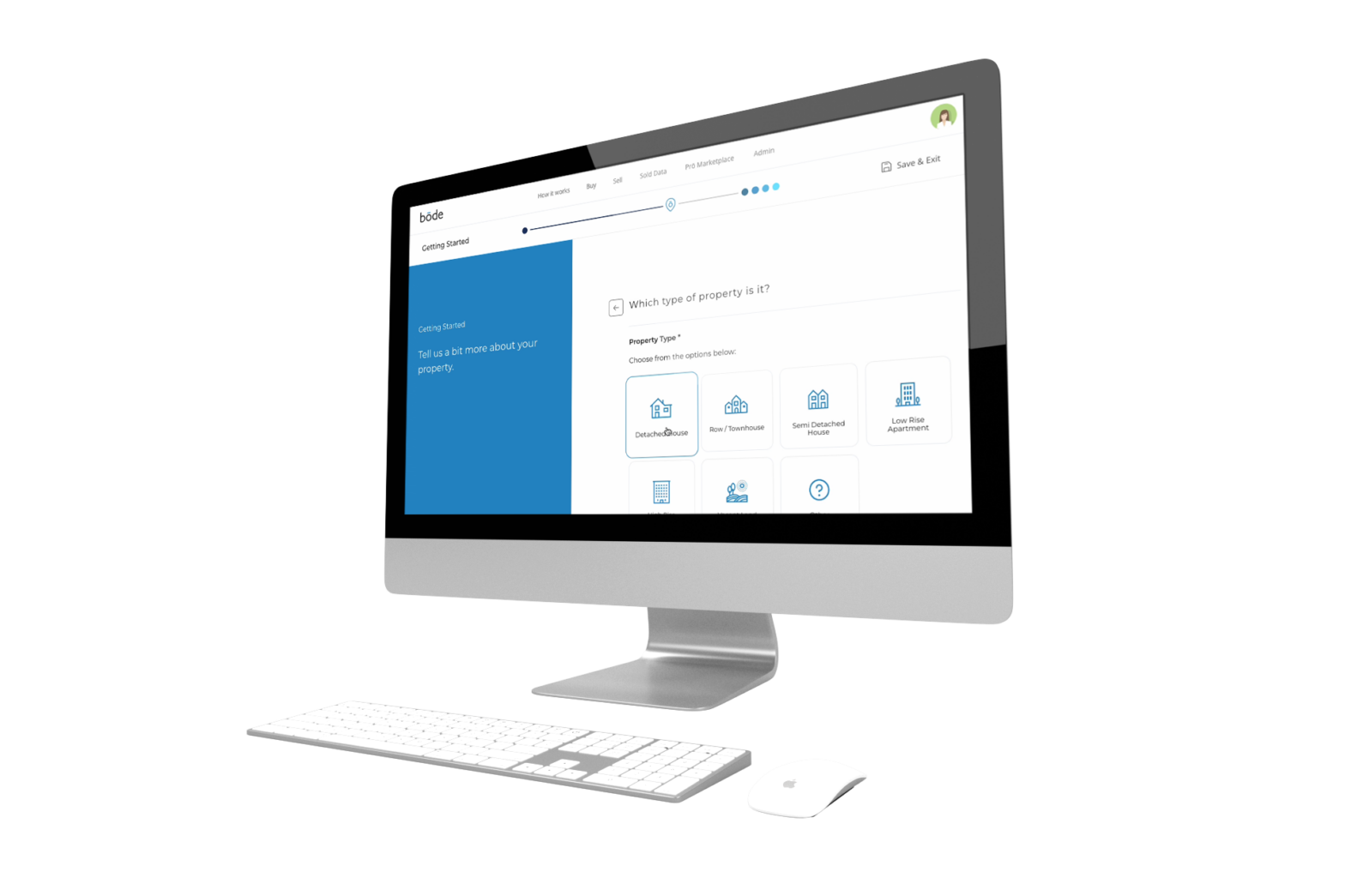An interview with the Alberta New Home Warranty Program
What is home warranty?
Every new home purchased in Alberta comes with a new home warranty.
These warranties first became available in 1974 and were founded by builders who wanted to give buyers a sense of peace of mind when purchasing a new home. Alberta was the first province to implement a voluntary new home warranty where buyers had the option to select a builder that offered this coverage.
In 2014, the Alberta government released the legislated and mandatory new home warranty buyer protection act which adds a level of consumer protection when purchasing a new home from any builder. The legislation sought to strike a balance between buyer protection and industry responsibility without significantly increasing the price of the home.
What's covered under home warranty?
Home warranty coverage typically includes materials and labour coverage for defects in items such as baseboards, flooring, trim, and other cosmetic components of your home. Delivery and distribution systems which includes electrical, heating, and plumbing systems. Building envelope coverage for components that separate the condition spaces between the interior and exterior of your home such as the roof and exterior walls. And structural defects such as frame and foundation.
How long does home warranty last?
The full warranty coverage period is 10 years. Some parts of the home are only covered for a portion of this coverage period. The breakdown is as follows:
– 1 Year: materials and labour coverage
– 2 Years: delivery and distribution systems coverage
– 5 Years (can be extended to 7 years): building envelope coverage
– 10 Years: structural defects.
Who buys the home warranty?
Builders must obtain warranty and provide proof of that in order to be compliant during the building process. The homeowner inherits the policy once they take possession
When does home warranty coverage start?
Coverage typically commences the day after possession of the home or when the keys are turned over from the builder to the homeowner. It could also be when there is a transfer of title or when an occupancy permit is approved.
For condos, the common property warranty typically starts when the first unit is sold in that building. For unit owners, the commencement is again the day after possession.
The first day of ownership without warranty coverage is for homeowners to identify any issues with the builder and agree to have that taken care of before going through warranty.
What are the benefits of home warranty?
Although new homes must meet stringent building codes, and are continuously working towards becoming more energy efficient, new home warranty provides a level of peace of mind to new homeowners. It protects consumers in case there is ever a problem with their new build during the coverage period and assures them that their warranty provider will take the necessary steps to address any concerns.
It’s important to note that warranty providers work for the consumers (not the builders) and strive to provide them with the best service possible in a 3rd party capacity.
Is home warranty considered insurance?
New home warranty is consumer protection first, and insurance of product second. Warranty and insurance are distinct but work together to regulate buyer protection. Some key differences between the two include:
– The builder purchases warranty, while the homeowner purchases the insurance.
– There is a one time charge for the 10 years of warranty coverage versus the yearly premium required by insurance.
– New home warranty cannot be cancelled once it has commenced.
What are some common misconceptions about home warranty?
One misconception consumers have is that warranty providers are a government agency. That’s not the case. Home warranty providers existed prior to government regulation and are a private entity that provide the protection to new home buyers.
Another misconception is that warranty providers work for builders. The builders are legislated by law to purchase a warranty on the home and the warranty provider sells that product to the builder. The home warranty provider holds the builder accountable using indemnities, and ultimately ensures builder competency and provides another layer of protection for the consumer.
What surprises people about home warranty?
Homeowners are surprised that there are certain exclusions and conditions associated with new home warranty that can result in whether an issue is determined to be a defect or not. For example, some damage discovered after the homeowner takes possession can be impossible to tell if it was caused by the homeowner, a trade, or the builder themselves.
What happens to the warranty when the home is sold?
When a home is sold, the warranty can be transferred to the new owner. The warranty policy and coverage is with the home so when the homeowner decides to sell, the coverage just extends to the new homeowner. The new homeowners will need to contact their warranty provider and provide the transfer of title. Then a new policy will be issued to them.
What are the benefits of selling/buying a home that's still under warranty?
Any home that still has warranty coverage will have a claim history available. This is a great benefit to purchasing a home that still has warranty coverage. Once the new homeowner completes the transfer of warranty, they will have access to any available information with past claims, information from the warranty provider on the care and maintenance of that home, and helpful tips on ensuring the home is being operated and operating correctly.
Another benefit for buyers is the additional peace of mind knowing that there has been ongoing coverage on the home and remaining coverage as well.
For sellers, these benefits may make your home more attractive to potential buyers.
Do you need a home inspection if you have new home warranty?
Even with new home warranty coverage, a home inspection is still recommended. They are a valuable tool for new home buyers and provides them with an expert and additional set of eyes to look at the construction of the home.
How to find out if your home is still under warranty?
There 2 easy ways to determine if your home is still under warranty:
– If you know who the warranty provider is, simply contact them for details.
– Go online to view the public registry for home warranty. Can look up by address or builder to see if there is warranty on the home, who the warranty provider is, and the commencement date.
Does having a new home warranty mean you can neglect your home maintenance?
Definitely not! Home maintenance is a very important part of ensuring the durability of your home and that your home will perform as intended. Building code (and the coverage provided by new home warranty) is there for the purpose of ensuring the building is constructed properly and the occupants can live in the space safely.
What are the most important maintenance items for a new home?
There are many important maintenance items for a new home. The ones that new homeowners should pay extra attention to are:
Mechanical systems:
The furnace should be regularly checked and filters changed on a regular interval as per manufacturers instructions.
Humidifier systems also have a filter that should be changed out on a regular schedule. Typically once or twice a year.
HRV filters should be cleaned on a regular basis. If the HRV isn’t operating properly then the balance of ventilation is not met.
Outdoor grading surfaces and service water management:
Your home has been designed and the grading around your home has been done in a way so that water flows away from your foundation. Maintaining the grading around your home to ensure all the water is going away from the home will ensure that your basement remains dry for many years to come. It is recommended that homeowners regularly review the slope around the home. If the grading has become settled or flat, remove the sod and replace that with a compact-able clay material that is impermeable to water and replace the sod over top again with some garden soil mixed.
How often should you change your furnace filters?
Manufacturers maintenance documentation will be provided by the builder upon possession of the home and these will tell you important information like how often to change furnace filters. Typically this is every 3-6 months.
How often should you have your furnace serviced?
Yearly checks by a licensed technician are recommended. These are important to make sure the furnace is functioning as intended.
New homes can be very air tight, what are some tips for handling moisture in a new home?
Building code allows for the home to operate within 35% relative humidity. Excess humidity in the home does need to be removed beyond a certain level or it could lead to adverse conditions within the home such as fungal or mold growth.
To properly manage moisture in the home ensure you are properly ventilating the bathroom after showers, using HRV systems on recommended settings, and making sure all mechanical systems filters are cleaned and checked regularly.
What are some of the key things that might come up in the first year of home warranty?
These can vary greatly from home to home. Usually things that come up in the first year of warranty involve the comprehensive workmanship and materials coverage for the home. This could include things such as:
Exterior: concrete, walkways, paint, window trim, shingles.
Interior: cosmetics, baseboards, paint, trim, gaps, separation of materials, incidental movement of the home.
What are some of the key things that might come up in the second year of home warranty?
In the second year of home warranty claims may involve the plumbing, electrical, and heating systems. Flickering lights is a common concern due to LED lights. Water leaks are a common claim, as are noises within the plumbing system. There are also sometimes concerns about the operations of HRVs, furnaces, hot water tanks, humidifiers. All components should be operating properly in the second year of home ownership.







